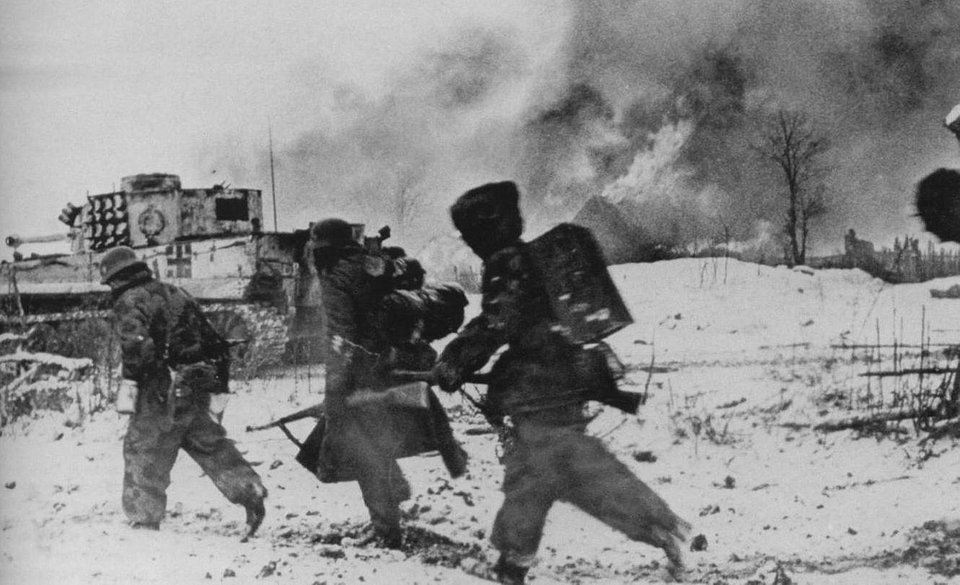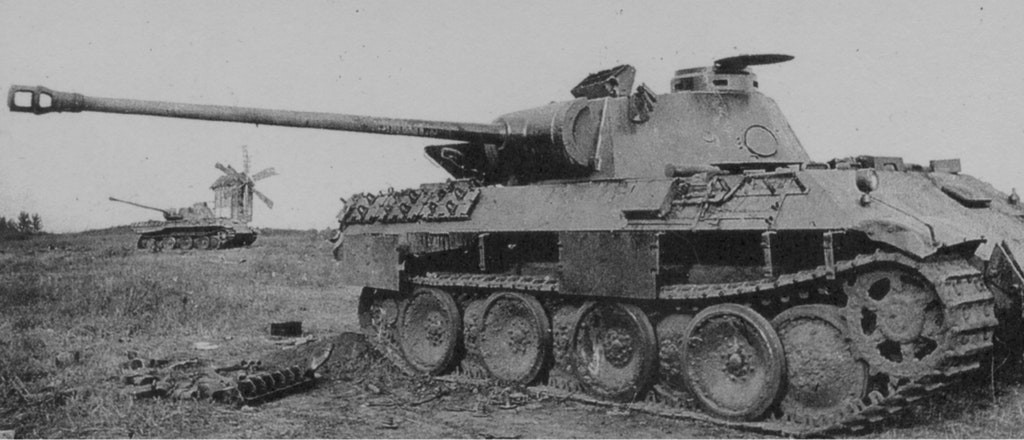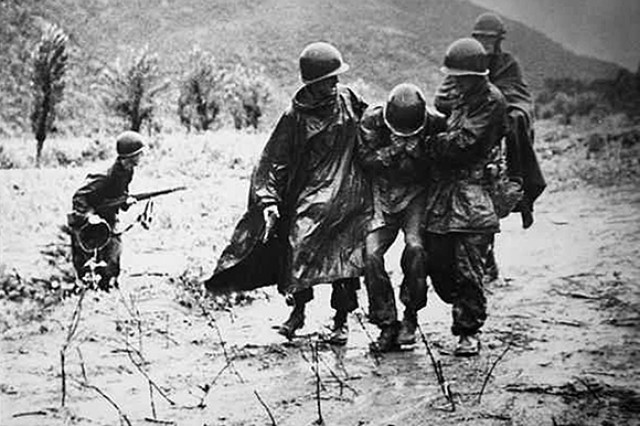There is an interesting statement in Zamulin’s book on Kursk (Demolishing the Myth, page 43) that says:
If in front of the line of defenses it required 350-400 anti-tank mines on average to damage or destroy one tank, then in the depths of the defense that number fell to 150-200 anti-tank mines. Such a difference is explained by the fact that mine emplacement in the depths of the defense occurred along lines of advance already revealed by the enemy.
I think I am reading that correctly, in that it takes 400 mines to damage or destroy one tank. There is no footnote to this passage, so I do not know if such a figure is from studies done in World War II, after World War II, or is just some rule of thumb. But, I have that data to test it here:
and here:
So, for the first day of the offensive in the south I have 131 to 154 German tanks lost to mines. So in first echelon of Sixth Guards Army there were 68,987 anti-tank mines (see my Kursk book, page 200). In the first echelon of the Seventh Guards Army there were 32,194 anti-tank mines in front of the III Panzer Corps (the 81st GRD and the 78th GRD, see page 201). This is a total of 101,181 anti-tank mines in the first echelon, opposite the three attacking German panzer corps.
So….101,181/154 = 657 or 101,181/131 = 772. Therefore, based upon this data, it appears that it was more like 657-772 mines per tank damaged or destroyed.
Now maybe I should only count 1/2 of the 71st Guards Rifle Division (GRD) mines, because the 332nd Infantry Division was opposite to half of the division (Kursk, page 378) and maybe 1/2 of the 67th GRD because both the 11th PzD and the 167th ID were opposite to it (Kursk, page 388). This reduces the mines counted against the German armor by 17,756. Now this is probably not really correct, as the mines are going to be biased towards the most obvious areas of attack (which is where the German armor went), but still (101,181-17,756)/154 = 541 or 101,181-17,756)/131 = 637.
So, it appears were are looking at a figure ranging from 541 to 772 anti-tank mines per tank damaged or destroyed.
Now……I can break it down by division attacking sector:
Estimated Tanks
Lost to Mines
Division Low High Mines Range
3rd PzD — 7 19,530 or less 383 or more per tank
GD PzGrD — 25 as above as above
Panther Rgt 15 19 as above as above
11th PzD — 8 15,981 or less 1,998 or more per tank
LSSAH PzGrD 15 20 16,476 515 to 687 per tank
DR SS PzGrD 9 12 as above as above
T SS PzGrD 9 12 17,000/2 708 to 944 per tank
6th PzD .69 x 20 .79 x 20 17,000/2 + 20,266/2 1165 to 1331 per tank
19h PzD .69 x 19 .79 x 19 20,266/2 + 11,928/2 1073 to 1238 per tank
7th PzD .69 x 21 .79 x 21 11,928/2 351 to 426 per tank
Now, we never attempted to estimate the number of tanks damaged or destroyed by mines after the first day (5 July 1943) because we did not have the data. But this does give us some idea of how many anti-tank mines need to be laid to damage or destroy a tank. I have not done a “literature search” to determine if anyone else has done any other in-depth analysis of this.





 This blog
This blog 



